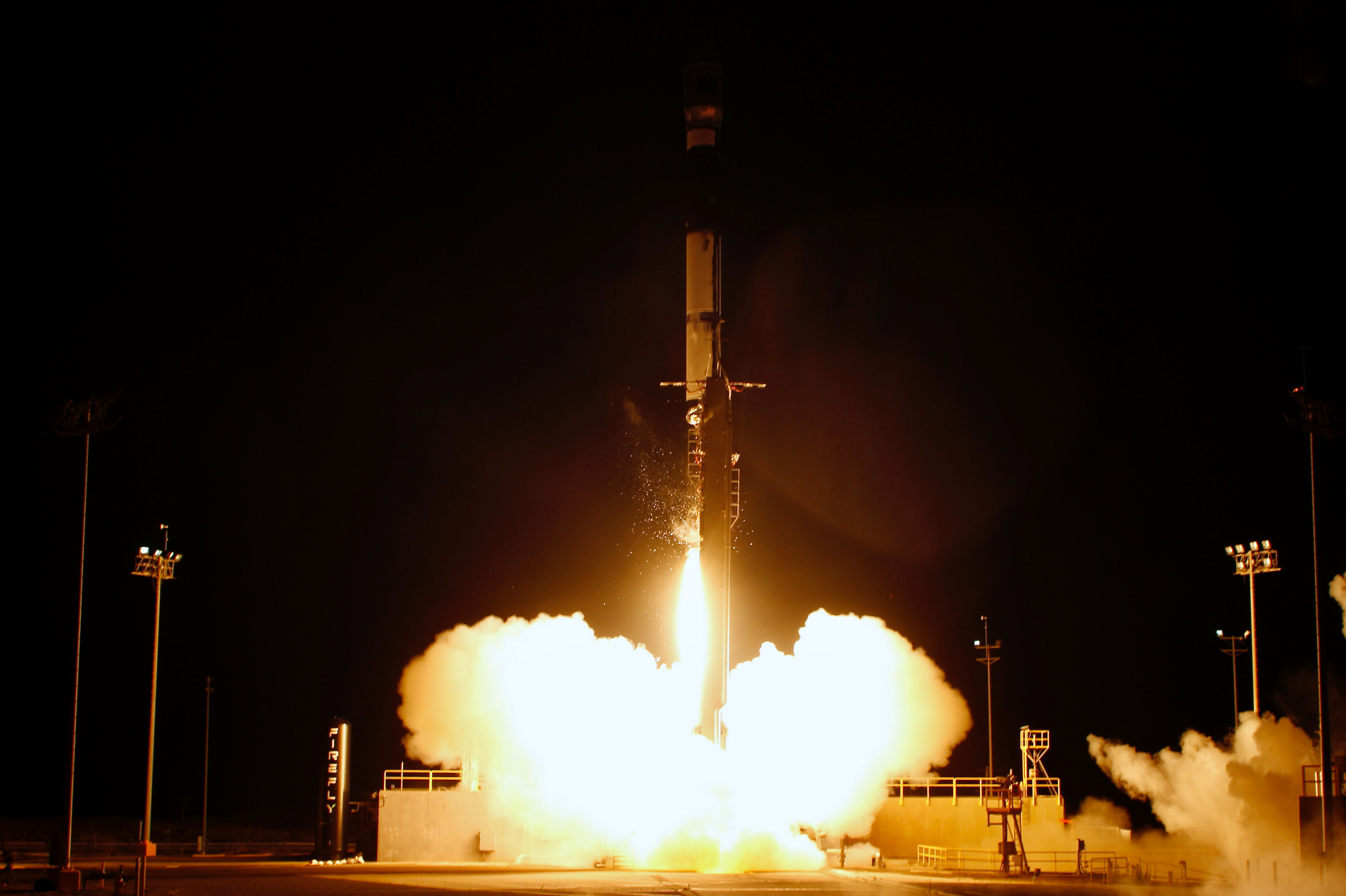This is T-Minus, where we count down the biggest developments in space, from new rocket launches to discoveries that advance our understanding of the universe and our place in it. Humanity is reaching new heights in space exploration. Make sure you’re part of the journey by subscribing here.


Rubio’s record-breaking trip
On September 11, NASA astronaut Frank Rubio broke the record for longest single spaceflight by an American: 355 days. This is his very first trip to the International Space Station, and by the time he returns to Earth on September 27, he’ll have spent 371 days in low-Earth orbit.
NASA astronaut Mark Vande Hei, the previous record holder, chatted with Rubio and asked what he thought had been the “funnest” thing about his record-breaking mission.
“[P]robably the most fun thing is really that, right now, I’ve been in space with 25 other people, and by the time Loral [O’Hara] and her crew get here, it’ll be 28, which is pretty phenomenal,” said Rubio. “To have flown with that many people … is pretty special.”
The number of NASA astronauts in space could actually grow in the not-so-distant future, as the agency is exploring plans for new space stations and taking steps to establish a base on the moon before attempting the first crewed mission to Mars.


Webb’s remarkable discovery
An exoplanet wouldn’t necessarily need to have Earth’s oxygen-rich atmosphere and rocky surface to host life. Astronomers believe “Hycean worlds,” with hydrogen-rich atmospheres and liquid oceans covering their surface, could also support life as we know it.
They haven’t actually found one of these hypothetical worlds yet, but new observations by the James Webb Space Telescope suggest that K2-18 b, an exoplanet 120 light-years from Earth, could fit the bill.
Astronomers already knew the exoplanet was in its star’s habitable zone, meaning it could have liquid water on its surface. The new data suggests the presence of carbon-bearing molecules in its atmosphere, including methane, a hydrocarbon, and dimethyl sulfide, a molecule that, on Earth, is only produced by life.
Future Webb observations focused on confirming the presence of these molecules are already in the works.
“Our ultimate goal is the identification of life on a habitable exoplanet, which would transform our understanding of our place in the universe,” said astronomer Nikku Madhusudhan. “Our findings are a promising step towards a deeper understanding of Hycean worlds in this quest.”


Firefly’s rapid launch
This week saw the launch of one of our 12 most exciting space missions of 2023 — and it was a record-breaking success.
The US military relies on a fleet of satellites for comms, nav, surveillance, and more, so if an enemy attacked one, replacing it ASAP would be hugely important.
To prepare for such a situation, the US Space Force hired Texas-based company Firefly Aerospace in 2022 for Victus Nox, a mission to test just how quickly Firefly could get a satellite into orbit following a request from the Space Force.
That order came on September 13, and just 27 hours later, one of Firefly’s Alpha rockets carrying a satellite, developed by Boeing subsidiary Millennium Space Systems, lifted off. The previous responsive launch record for a US national security mission: 21 days.
“Today was an incredible success for the Space Force, the Firefly team, and our nation after nailing this complex responsive space mission,” said Bill Weber, CEO of Firefly Aerospace. “Our combined commercial and government team executed the mission with record speed, agility, and flexibility, adding a critical capability to address national security needs.”
We’d love to hear from you! If you have a comment about this article or if you have a tip for a future Freethink story, please email us at [email protected].






